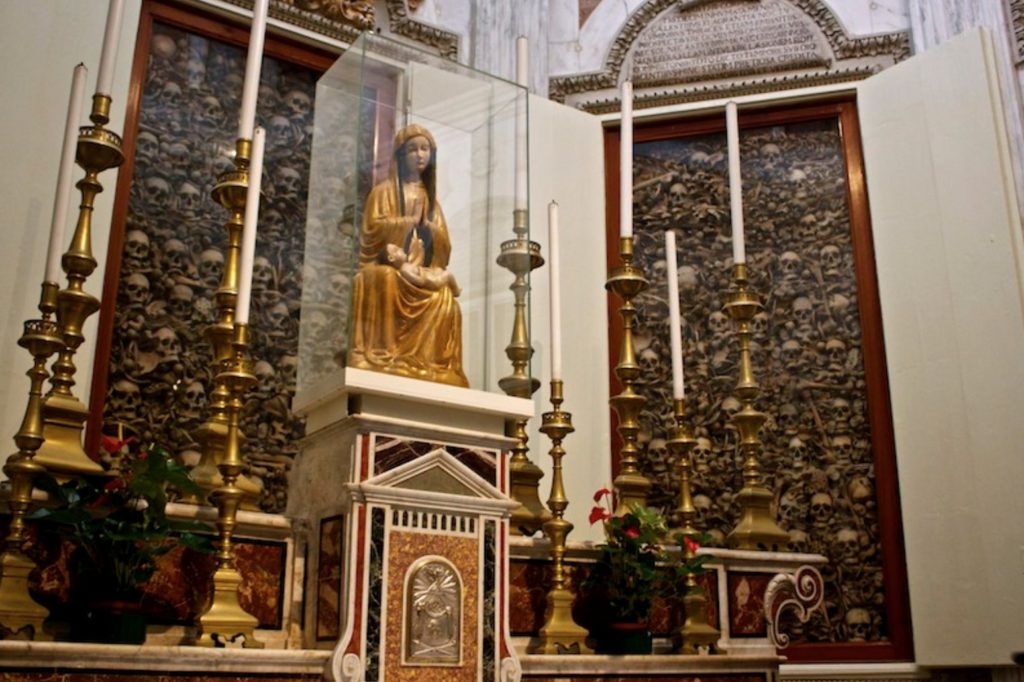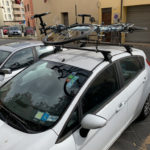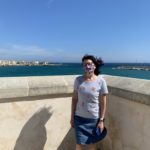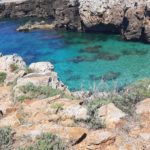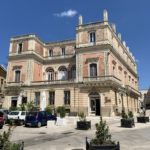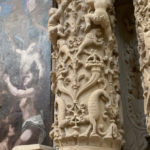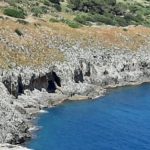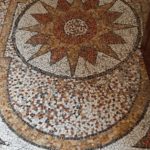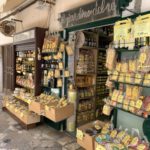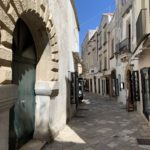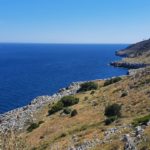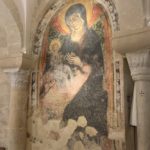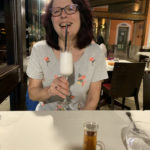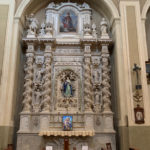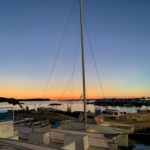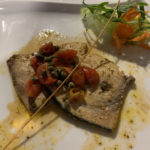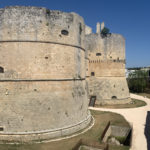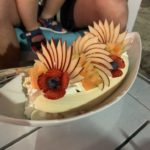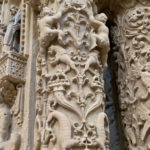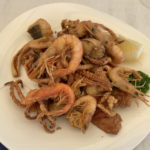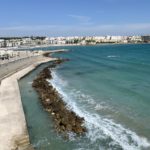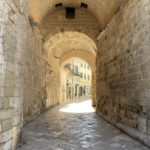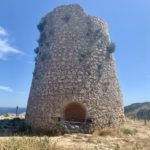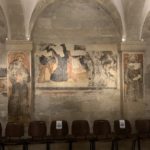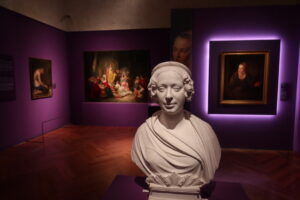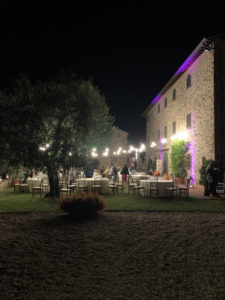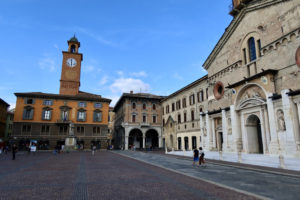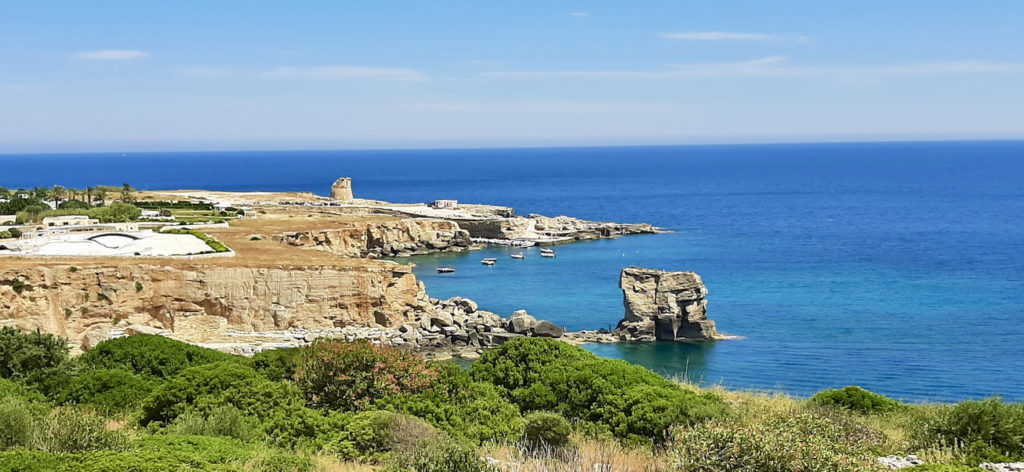
We just returned from a wonderful vacation in Puglia, which is commonly known as Italy’s “heel.” This is the third year that our friends Alessio, Stefania and (recently) their infant son, Matteo invited us to their vacation home in the beach town of Punta Prosciutto. This last week we tandem bicycled on both coasts of the heel. We spent time on the beach and we also visited some incredibly interesting towns and historic sites. We also bought wine from one of our favorite producers! So, in this post, the Tandem Spirits would like to share our experiences in this incredibly beautiful region of Italy.
Bicycling the Coast of Puglia
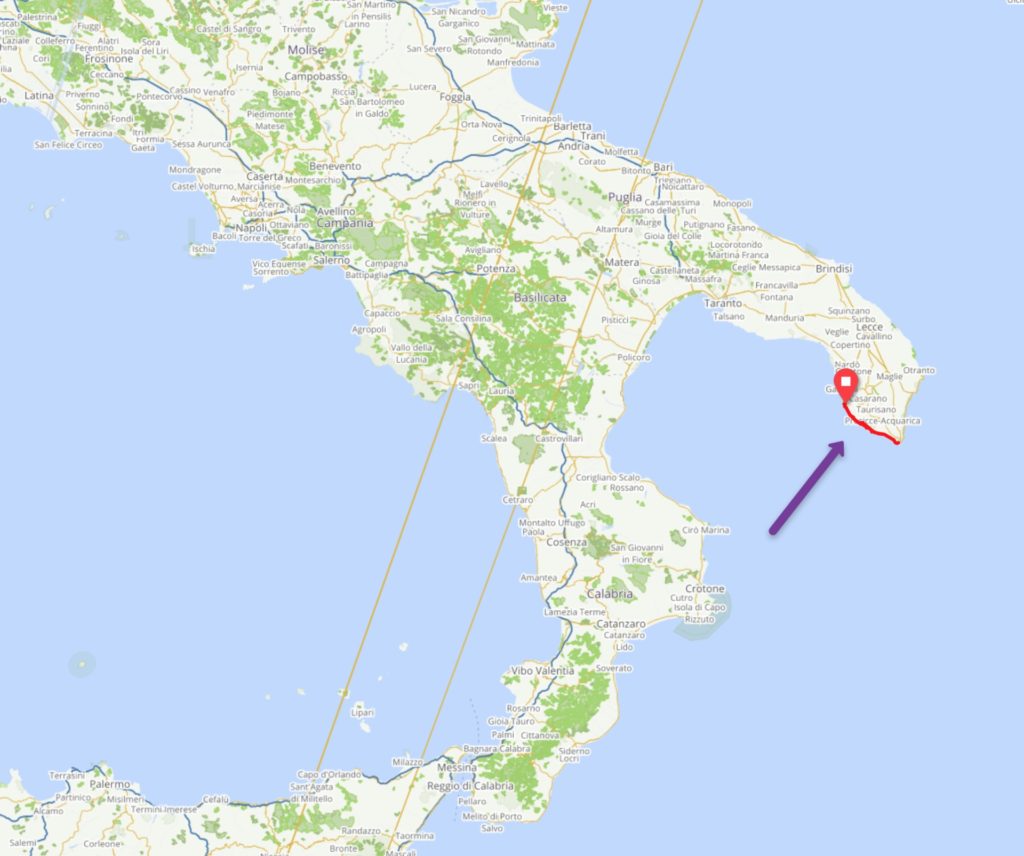
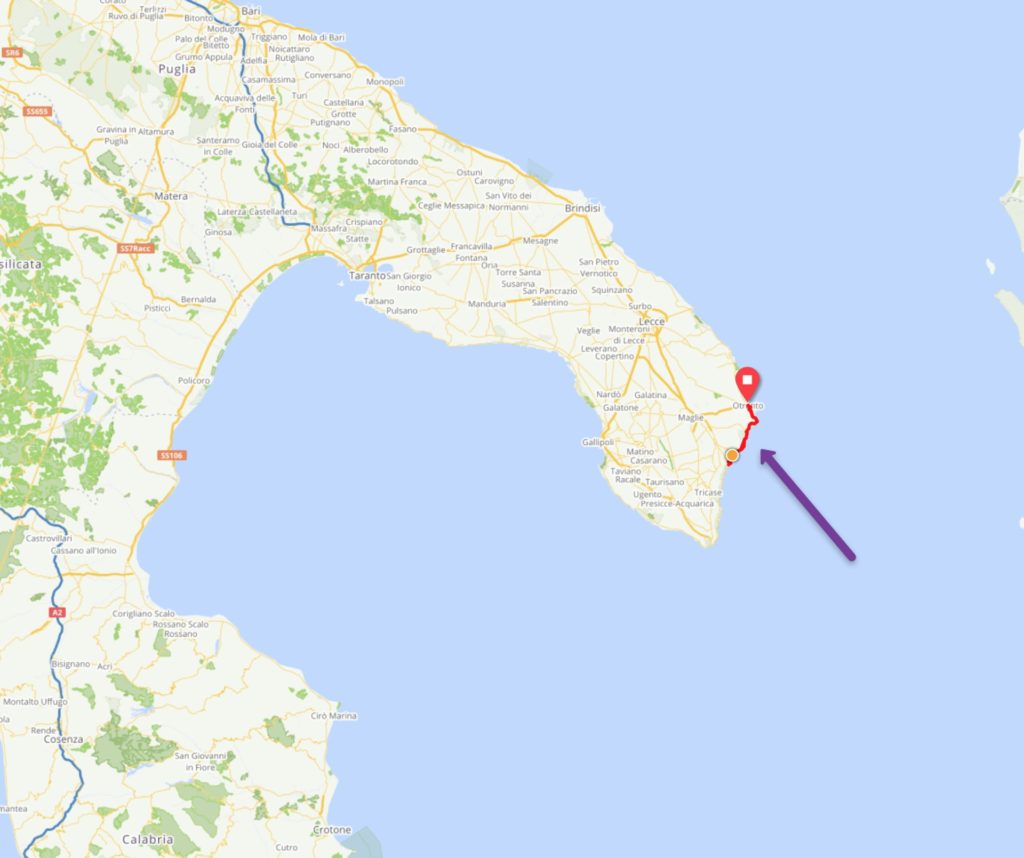
We did two, round-trip, coastal rides on opposite sides of the heel. The first was along the western coast from Marina di Mancaversa to Santa Maria di Leuca (53 miles) which lies at the very point of the heel. The second ride started in the beautiful town of Otranto and ended in the small village of Castro (32 miles).
It’s hard to describe how beautiful it is along the coast of Puglia. It’s a mixture of small vacation villages, sandy beaches, national wildlife preserves, stunning cliffs and rock formations.
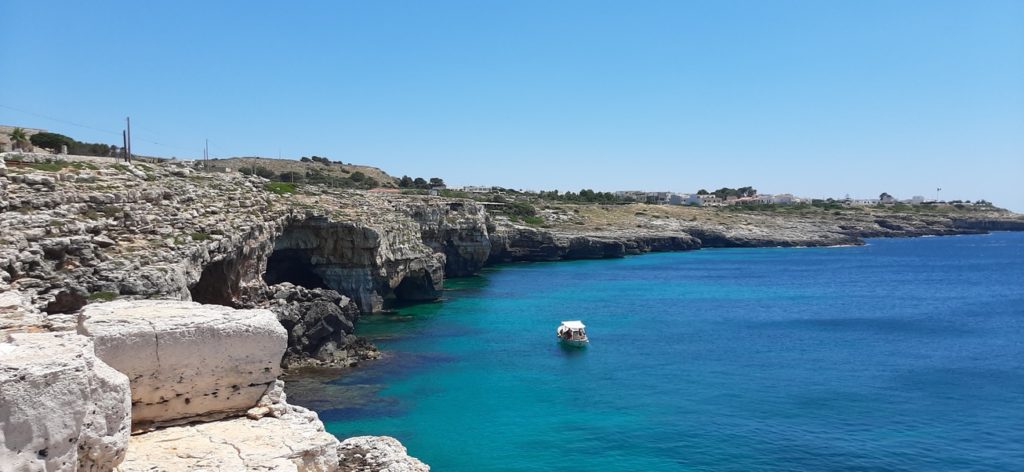
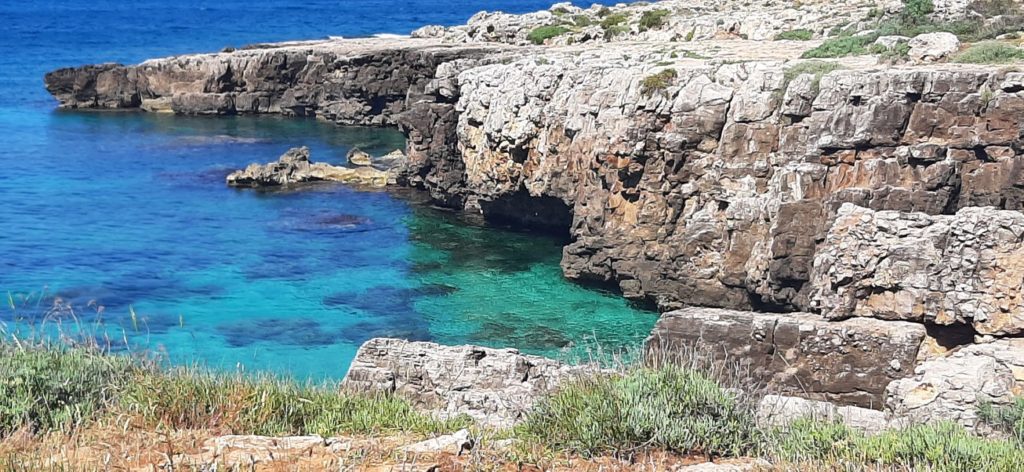
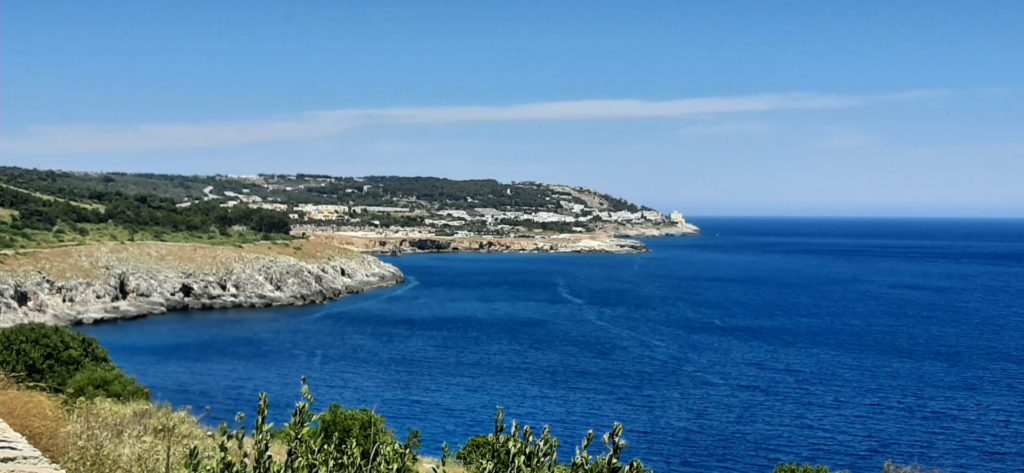
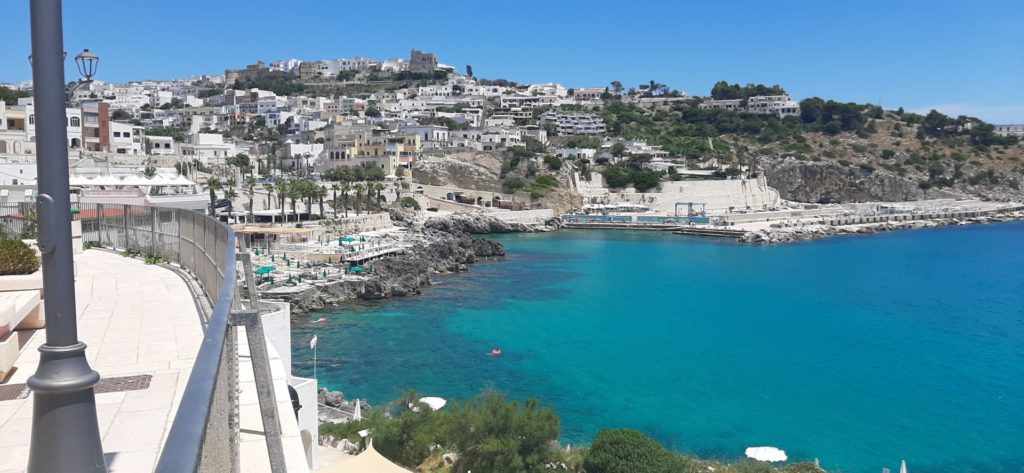
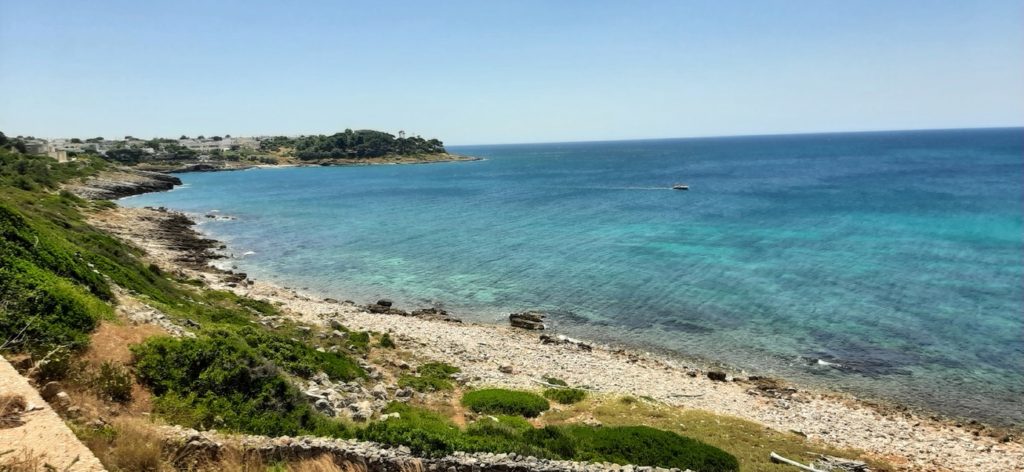
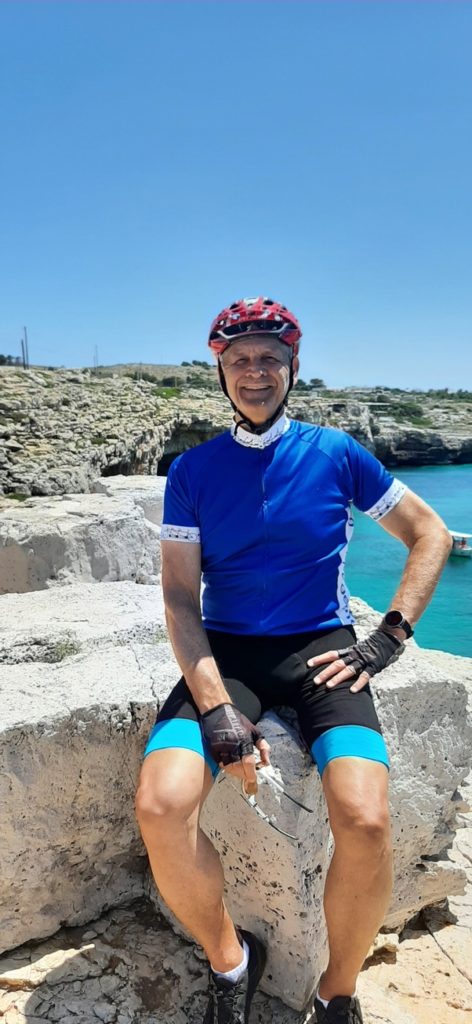
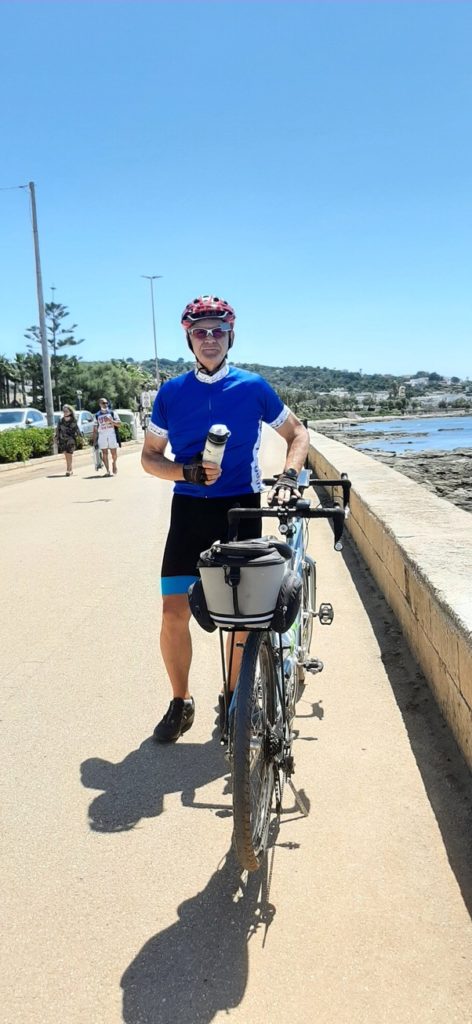
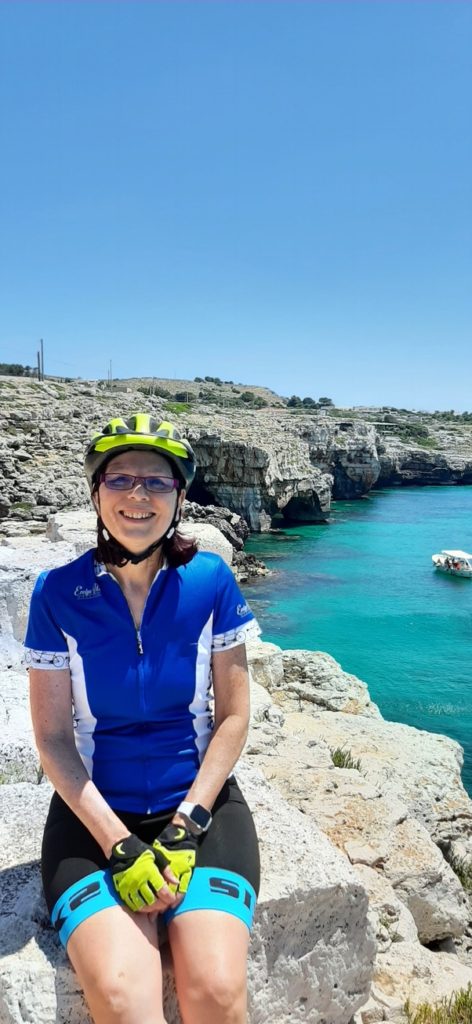
Puglia's Cultural and Historic Treasures
When we aren’t slogging up a hill on the tandem, we try to visit various towns and historic places and Puglia is chock-full of things to see. The Otranto Cathedral was particularly interesting.
Otranto Cathedral - 12th Century Floor Mosaic and the Martyrs of Otranto
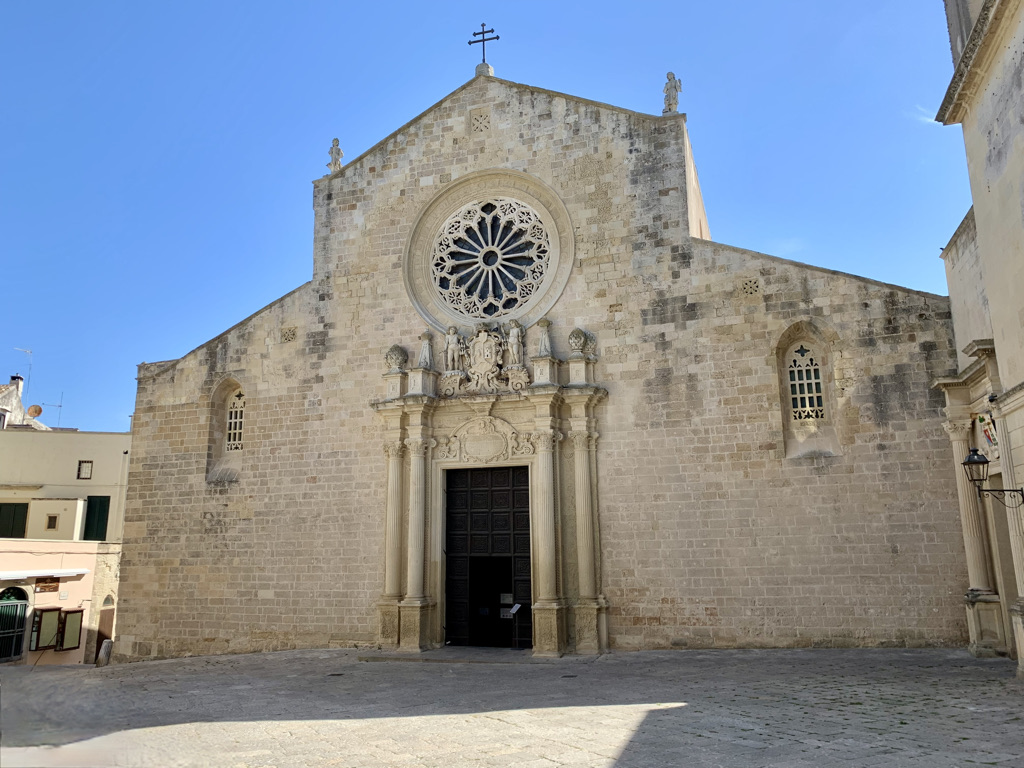
The Otranto Cathedral is one of the most interesting churches we’ve visited in Italy. It was consecrated on 1 August 1088. It has several architectural features: Byzantine, Early Christian and Romanesque. The interior is decorated by a large pavement mosaic which was executed in 1163-1165 by a group of artists headed by Pantaleon, a basilian monk.
The scenes include episode from the Old Testament, the medieval chivalry literature and bestiaries, and the Alexander Romance. The images are placed alongside the Tree of Life. Here are some pictures of the mosaic.
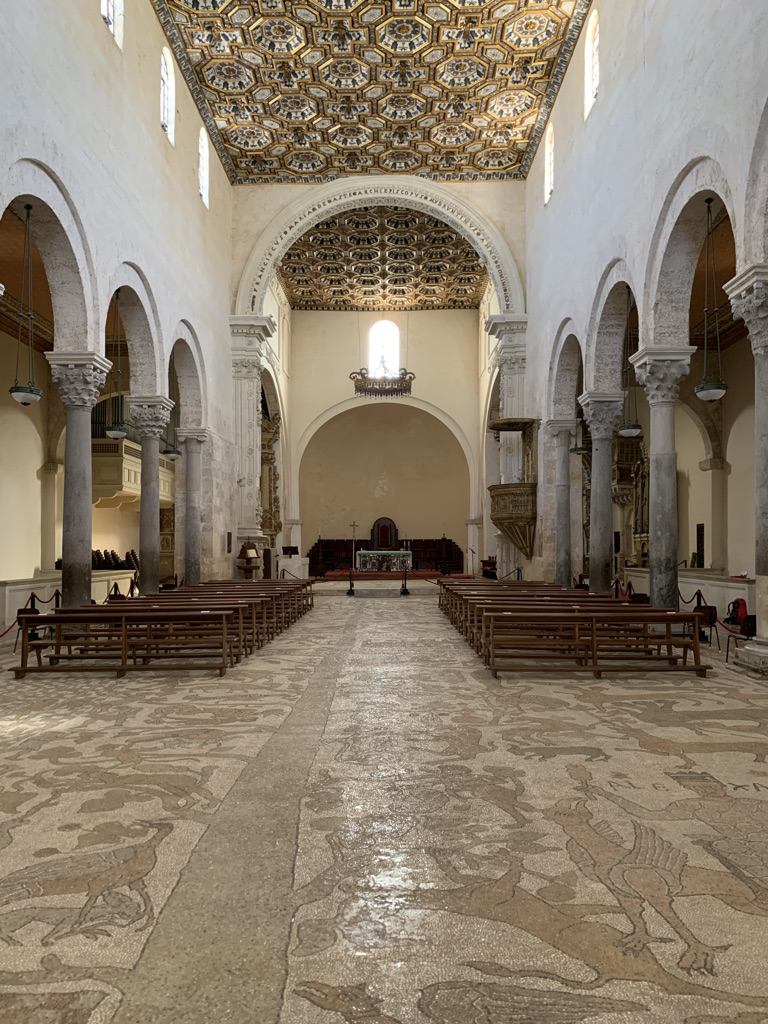
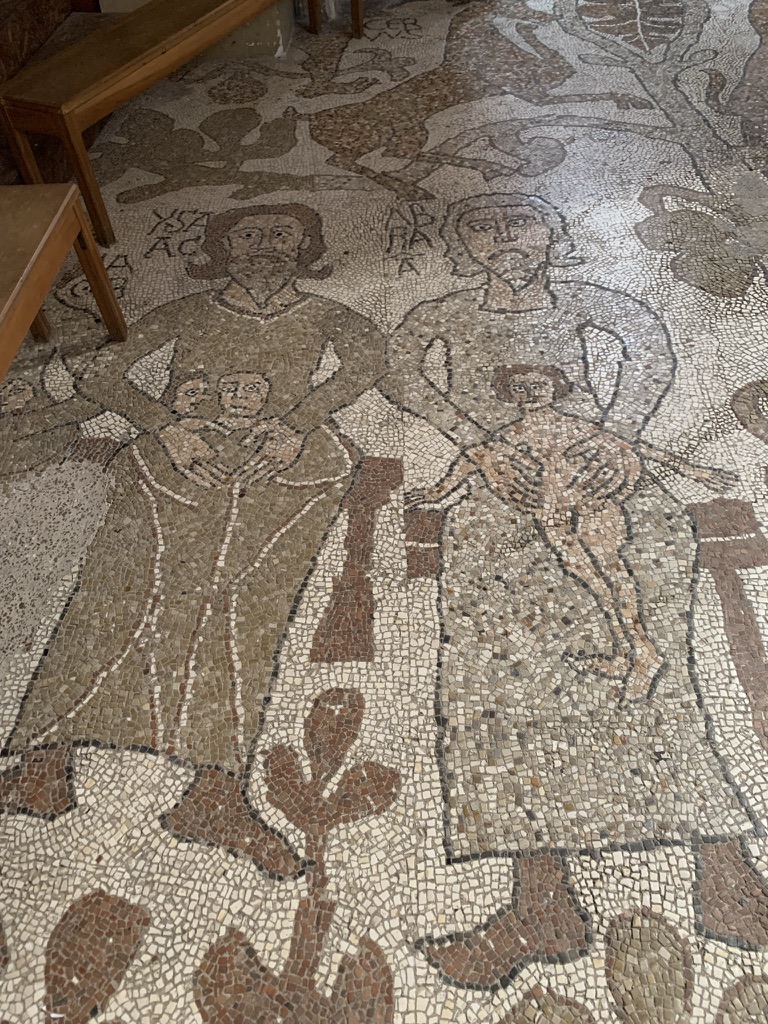
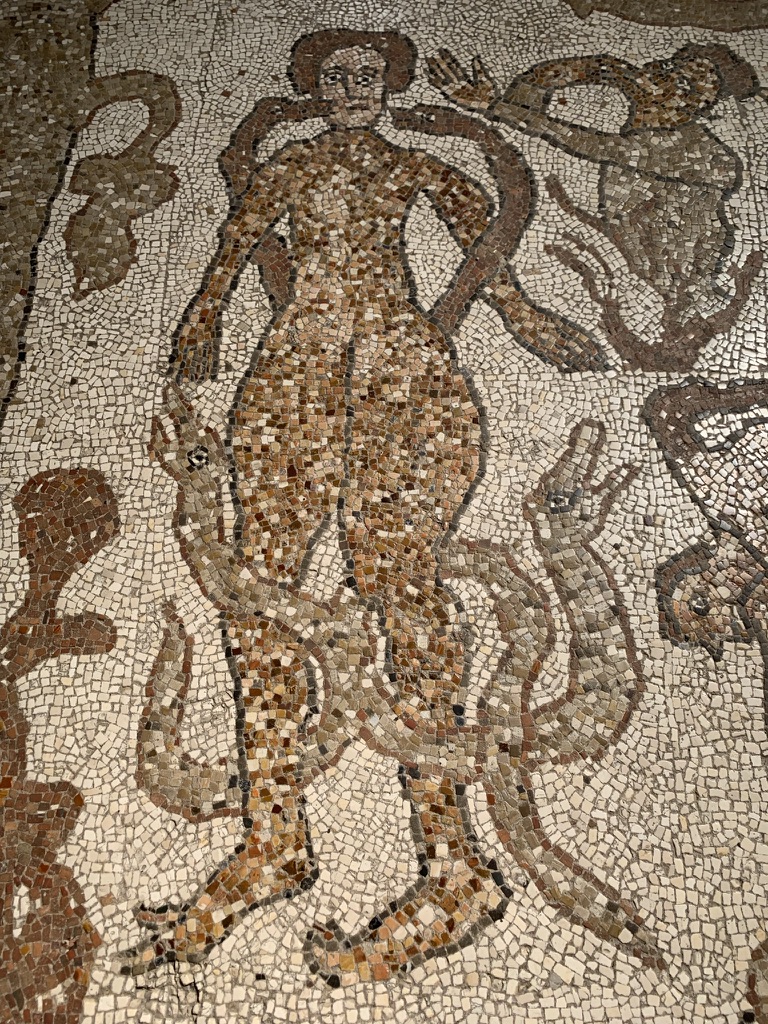
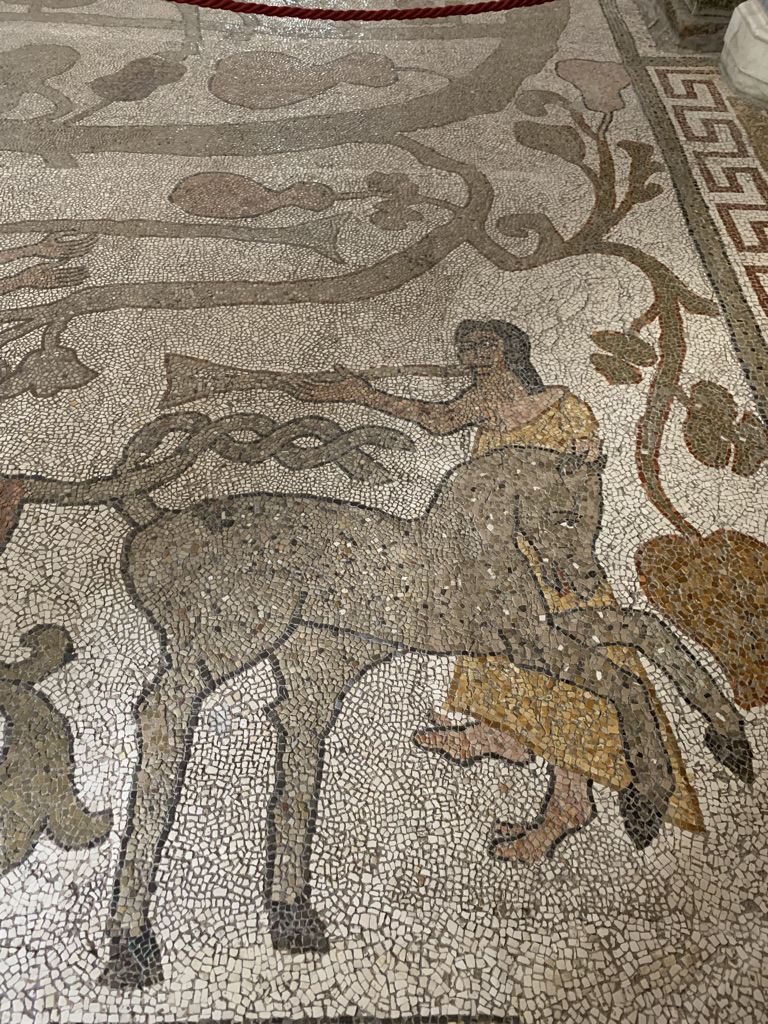
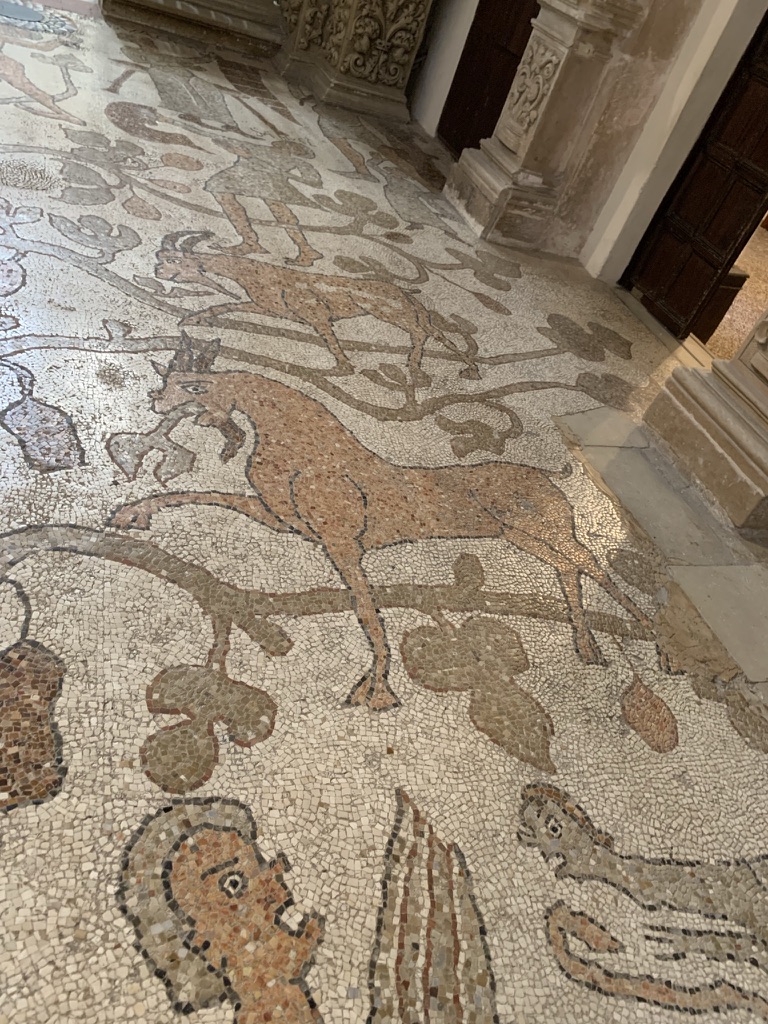
In 1480 Otranto was attacked and the cathedral was destroyed by the Ottomans who also killed the clergy who sought refuge within the church. One year later, after it was turned into a mosque, it was retaken by the Christians. A rather macabre shrine was created to remember the martyrs. There is an Altar with Mary surrounded by the skulls of the 800 who were slain by the Ottomans.
